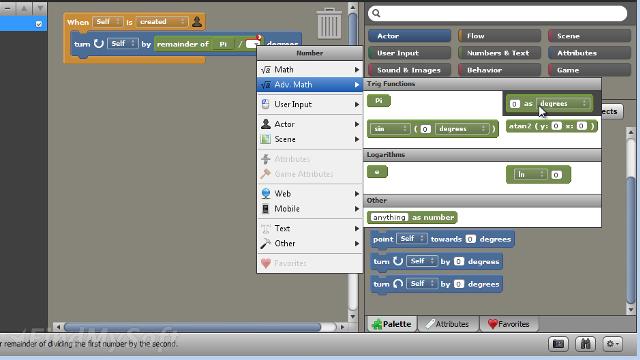
This counter indicates an ideal amount of memory SQL Server could consume, based on recent workload. SQL Server: Memory Manager: Target Server Memory (KB) Query this counter using the sys.dm_os_sys_info dynamic management view, observing the committed_kb column. This number is expected to grow as required by actual activity, and will grow following SQL Server startup. This counter indicates the amount of the operating system's memory the SQL Server memory manager currently has committed to SQL Server. SQL Server: Memory Manager: Total Server Memory (KB) To monitor the amount of memory that SQL Server uses, examine the following performance counters: For more information, see Server Memory Options. However, you can override the option to dynamically use memory by using the min server memory, and max server memory server configuration options.
#Stencyl has reached 90 memory free#
If there is low free memory for the OS, SQL Server will release memory back to the operating system until the low memory condition is alleviated, or until SQL Server reaches the min server memory limit. If SQL Server needs more memory, it queries the operating system to determine whether free physical memory is available and uses the available memory. Many SQL Server object counters can be queried via the dynamic management views sys.dm_os_performance_counters or sys.dm_os_process_memory.īy default, SQL Server manages its memory requirements dynamically, based on available system resources. To monitor SQL Server memory usage, use the following SQL Server object counters. To determine whether SQL Server or another process is the cause of excessive paging, monitor the Process: Page Faults/sec counter for the SQL Server process instance.įor more information about resolving excessive paging, see the operating system documentation. Monitor Process: Page Faults/sec to determine if disk activity is caused by paging by SQL Server. This counter indicates the rate of Page Faults for a given user process. This VMM activity tends to cause page faults.


#Stencyl has reached 90 memory windows#
The Microsoft Windows Virtual Memory Manager (VMM) takes pages from SQL Server and other processes as it trims the working-set sizes of those processes. A low but non-zero rate of paging to disk (and hence page faults) is typical, even if the computer has plenty of available memory. This counter indicates the rate of Page Faults for all processes including system processes. A high rate for the Pages/sec counter could indicate excessive paging. This counter indicates the number of pages that either were retrieved from disk due to hard page faults or written to disk to free space in the working set due to page faults. This value can be queried via T-SQL using sys.dm_os_sys_memory.available_physical_memory_kb. Low values for the Available Bytes counter can indicate an overall shortage of operating system memory. This counter indicates how many bytes of memory are currently available for use by processes. Many operating system memory counters can be queried via the dynamic management views sys.dm_os_process_memory and sys.dm_os_sys_memory. To monitor for a low-memory condition, use the following Windows server counters. In SQL Server on Linux, set the memory limit with the mssql-conf tool and the morylimitmb setting. For more information, see the Memory Management Architecture Guide.

Use the max server memory option to limit the amount of memory that SQL Server is allowed to acquire for most of its uses. This is by design and does not indicate a memory leak in the SQL Server process. Once the memory is acquired, it will not be released unless memory pressure is detected. Configuring SQL Server max memoryīy default, a SQL Server instance may over time consume most of the available Windows operating system memory in the server. Monitor an instance of SQL Server periodically to confirm that memory usage is within typical ranges.

Applies to: SQL Server (all supported versions)


 0 kommentar(er)
0 kommentar(er)
